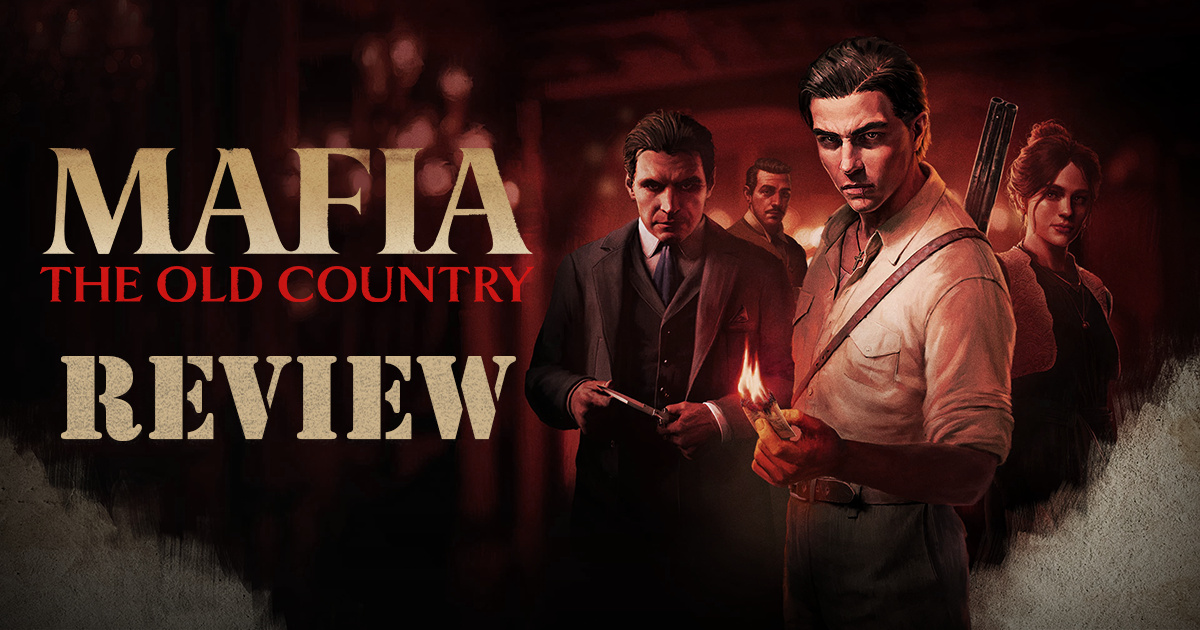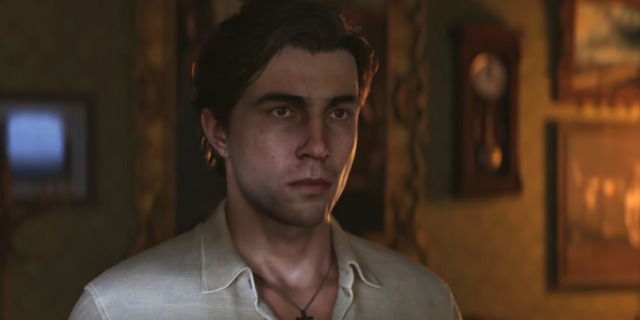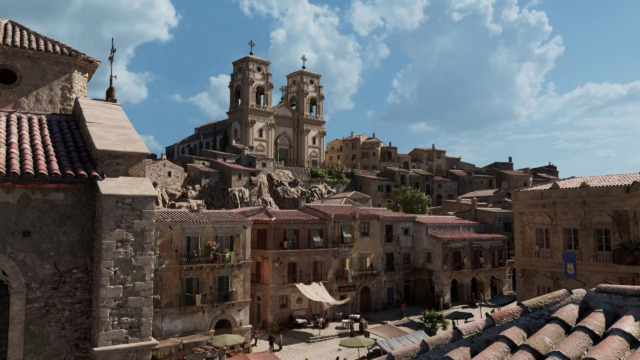Game Review: ‘Mafia: The Old Country’

Hangar 13, also known as the studio behind Mafia III and Mafia: Definitive Edition, decided to rewind the clock to the early 1900s and transport us to Sicily, where we can experience the Mafia world in familiar settings. Here, the mob is more of a rumor than a hidden institution of power. Mafia: The Old Country is a prequel to the beloved series that started in 2002.
It has a smaller scope, is more focused on a single story of ascending through the mafia ranks, and has a more classical structure than other games. It’s a single-player, self-contained story without additional DLCs, online content, or multiple bundles, which makes it feel refreshing. But the question is whether its old charm and focus on cinematic storytelling still work. Is it worthwhile to spend the time to play and experience this prequel story?
[Warning: Spoilers from Mafia: The Old Country are below!]
Mafia: The Old Country: the story
In Mafia: The Old Country, you get to play as Enzo Favara, a young boy who was sold into a sulfur mine to be a slave worker. Due to unexpected events, his life turns into a brutal journey to escape this life. His escape from slavery is quick, brutal, and well thought out.
As soon as he gets out, he is taken under the wing of Don Torrisi (Enzo’s future father-in-law), who is the head of a rising Sicilian family. They are trying to bring order to an island by creating feuds, reclaiming debts, and taking care of everything using the local land barons.
If I had to say one good thing about the story that really stands out from the beginning, it is the attention to detail. The Old Country really explores and respects the iconic/legendary Italian culture by showing the saints’ day processions, courtyard arguments, mothers who know more than they say, men who define themselves by debt and honor, and more.

Enzo starts as an errand boy who delivers messages and breaks faces. His character works in this story because the game explores the character more than it focuses on the gameplay and other insignificant parts of it. The characters like Don Torrisi or Isabella aren’t characters who are meant to just be there in the background, like in some previous Mafia games.
You can feel the series is trying to reconnect to its roots and previous games through measured pacing, set-piece missions, and step-by-step progressing story. Cutscenes are clean and cinematic, and conversations are long enough to bring our attention but not overwhelming. It all makes an okay story at best. I like it, but there are numerous elements missing from it, especially when you are in the middle of the game and definitely closer to the finale.
Gameplay in The Old Country
When it comes to gameplay, The Old Country is primarily a third-person cover shooter with two strong secondary elements: knife-fighting and driving from point A to point B. Knife combat has a bigger spotlight than usual because in Sicily in 1905, steel was cheaper and quieter than a gun, and the game wants you to feel that. Duels require you to time parries and punish you for being too cocky.

Driving is closer to the original driving mechanics. Early automobiles are slow and “old,” and the game treats them as such. It’s not pretending this is an automobile that can take you anywhere you want in two minutes. You can feel the weight of the car and of the speed you’re driving, even though some cars in the game would make it easier. Momentum and anticipation matter because if you take a corner too fast or too slow, you’ll wind up against a tree or a wall.
As for the world, this is not a “modern” version of the open world. Like in Mafia and Mafia II, it’s a campaign with free-roam as an optional mode accessible outside the story missions. That approach keeps you from wandering off and doesn’t distract you. But it lets you explore the island in a respectable amount of free roam, so you can do some small sightseeing when you unlock “Explore Mode.”
Where this game is lacking
Here’s where The Old Country lost me, despite other things that it does well. The overall structure and some mechanics feel stuck in time in a way that works against the world that was created.
San Celeste is one of the most beautiful settings of the Mafia series, but it still begs for exploring more Italian culture, iconic behaviors, and Easter eggs. Instead, the campaign keeps you in a straight line, where you can’t go in a different direction because you’ll fail a mission. Basically, if you visit a place once, you won’t get back there unless you switch into “Explore Mode.”
What I didn’t like is that the game sometimes treats nostalgia like a checklist to tell the players that this is a prequel, and it breaks the immersion. I’m not against fan service, but when a mission stops to point at a future event or characters rather than letting them just be there, it feels like the story doesn’t trust itself. It’s like they’re trying to rescue themselves by referring to the past games because they don’t believe this one can stand on its own.
Final thoughts on Mafia: The Old Country
Mafia: The Old Country definitely restores the appetite for going back to the Mafia series. Enzo Favara is another survivor who learns the importance of power, and the game is at its best when it lets him learn from his mistakes and develop. Sicily feels like a classical and cultural part of the game. Costumes, architecture, and culture really help this game to shine in many moments.
But that’s where it ends. The story is modern enough to hold you, but some decisions and moments in it really feel forced and unnatural. If you want to play in it and you’re expecting a lot of opportunities to make this game into your own story, you’ll definitely bounce off it right away.
If you expect constant development in combat or stealth, a.k.a. “starting with a knife, ending with a full gun arsenal,” you won’t find it. The free-roam separation is definitely a missed opportunity that keeps the island from becoming its own character you build a relationship with during the campaign. These aren’t flaws that destroy the game, but they’re noticeable enough for me to just rush through the game so I can finish it as soon as possible.
I’d call it a strong mob tale game focused on an exile who wants to make a name for himself. The performance capture, the direction, the writing, and the sense of history carry it further than its mechanics deserve, and the ending gives you a feeling of an earned reward.
With a braver approach to open-world exploration and a lighter touch on gameplay mechanics, it could have been an excellent game that would honor previous Mafia projects in the series. As it stands, it’s an okay story in a beautiful place that sometimes hurts itself by creating its own unnecessary rules.
My rating for this game: 3/5
For fans of the genre and the Mafia series, that’s still an easy recommendation, especially now that the Mafia timeline finally feels whole again. Even though Mafia: The Old Country still doesn’t have that much to offer, it’s still a game worth playing for fans of the series.
Also check out: Game Review: Assassin’s Creed Shadows Explores Feudal Japan


